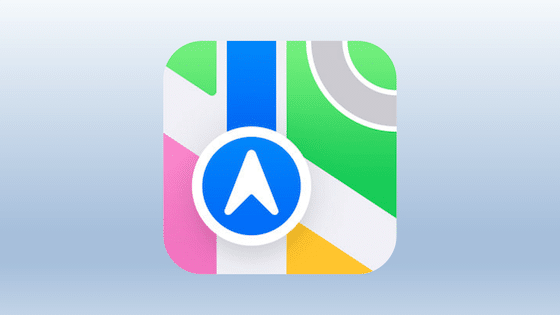From the “I thought that already happened” department, Apple announced yesterday that Maps will be available on the web. Starting in public beta, users can access Apple Maps for the first time via their web browser, including directions, curated city guides, and other app favorites like Look Around.
The list of features also includes Place Cards. These are where business details live on Apple Maps, including photos, hours of operation, ratings & reviews, and actions that can be launched right from the place card. Those include buying tickets, ordering food, and custom actions that businesses can create.
This new browser-based home for Apple Maps also means that it’s more accessible through web links. Practically speaking, that means websites can embed links to their locations and/or directions. Many already do this with Google Maps, long available in web form, but now have another option.
Gravitational Pull
To zero in on that last part, Apple continues to make moves that make it more competitive with the incumbent Google Maps. Beyond web presence, another such move was noted above: local listings and place-based information. Apple Maps’ Place Cards add depth to the business info that users can find.
More importantly, Apple recently opened the floodgates for local business data. Analogous to Google Business Profiles, Apple now crowdsources listings data and incentivizes SMBs to claim, populate, and manage business details and custom actions. This is all housed in Apple Business Connect.
By “incentivize,” we mean that SMBs are compelled to be present in Apple’s ecosystem. Given that Apple Maps is pre-loaded on 2 billion+ iOS devices – and now the web – there’s ample gravitational pull for SMBs. Beyond Maps, Place Cards surface in Siri, Wallet, and a growing number of Apple apps.
For Apple, this move was logical because having SMBs self manage their business details is the most effective way to collect such a massive and fragmented corpus of data. Populating and managing all that data would be untenable for any company, even Apple, so the name of the game is to crowdsource.
Apple Lets Businesses Customize How They Appear Across its Apps
Rapid Evolution
Back to yesterday’s move, web presence is the next logical step in Apple Maps’ rapid evolution. As we’ve examined, it’s investing heavily in Maps and has come a long way. Part of that includes some slick UX functions such as Look Around, AR navigation, and highly-tuned flyover graphics of popular locales.
But the more impactful evolutions are under the hood. These include rebuilding the underlying map data from the ground up – a massive endeavor that involves first-party cartographical data, 3D imagery, and even point clouds for potential spatial maps (one of many orbiting parts in spatial computing).
And part of that first-party data initiative is the SMB layer. Layers are often used as a metaphor in mapping (street layer, traffic layer, commercial layer, elevation layer, etc.), and local businesses are one of the most valuable layers. Now SMBs can manage their Place Cards and more easily link to them.
As for the rollout timeline, Apple Maps on the web is available on Safari and Chrome on Mac and iPad, as well as Chrome and Edge on Windows PCs. It’s currently available in English, with support for additional languages, browsers, and platforms coming later. Give it a test drive yourself, here. We’ll do the same.



